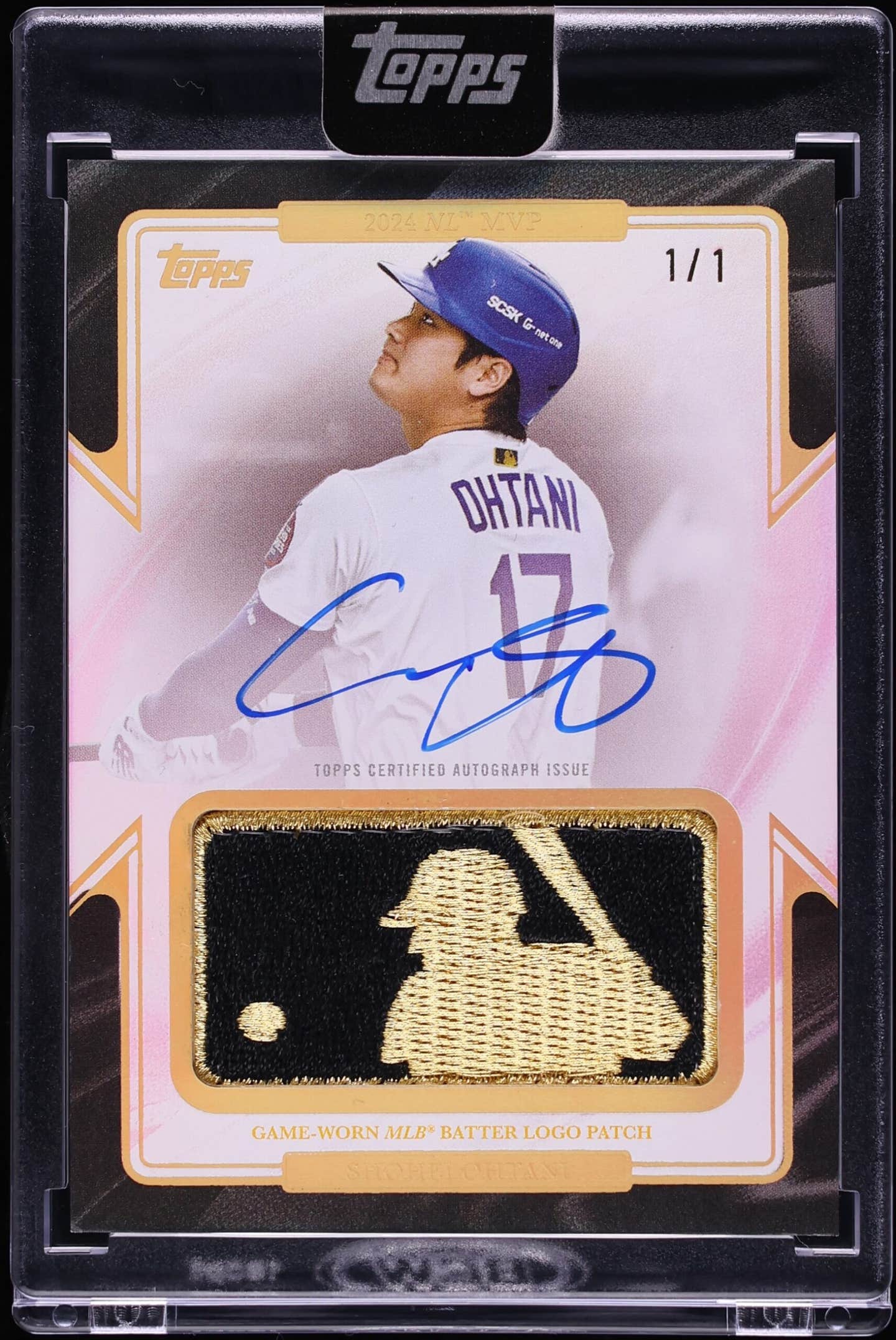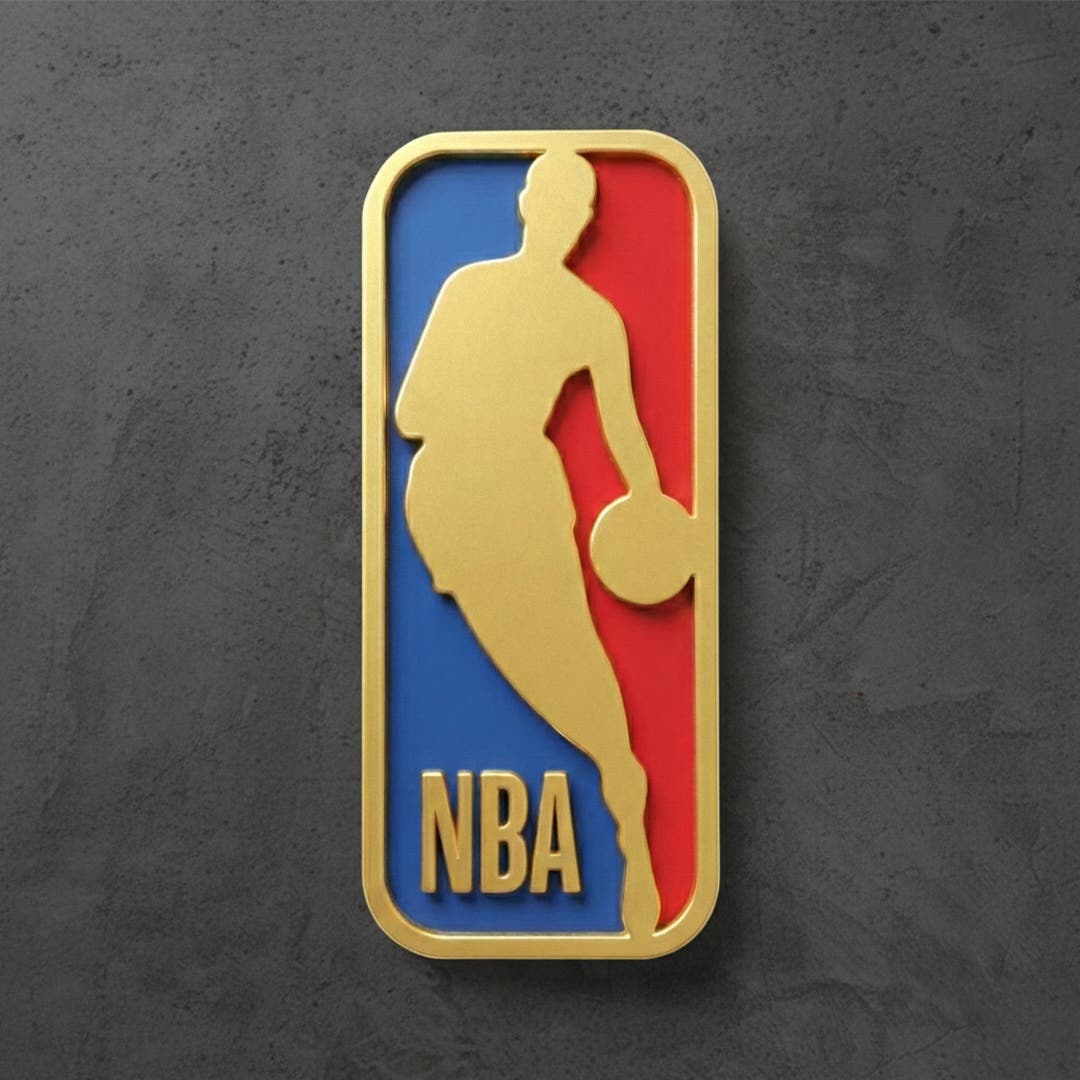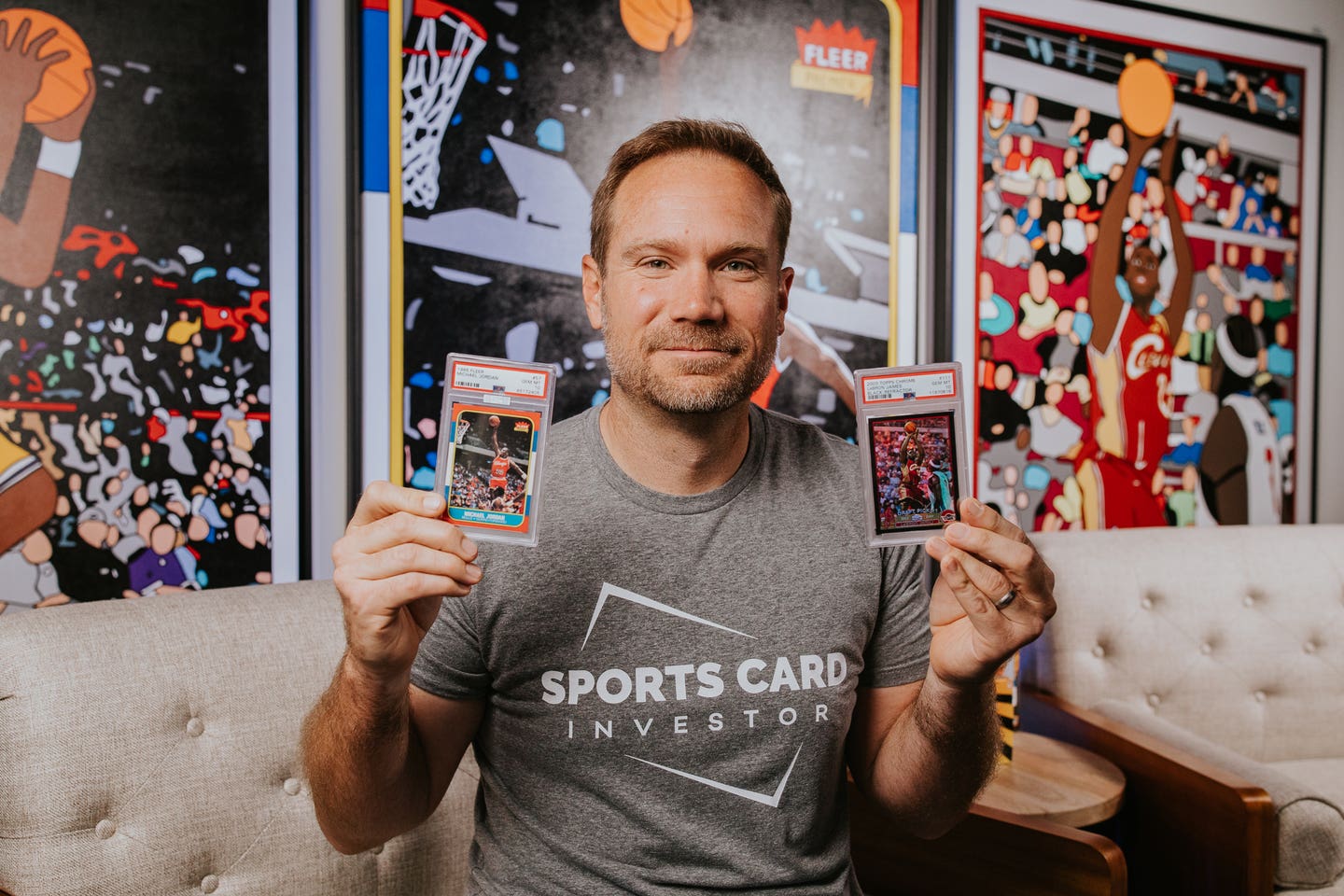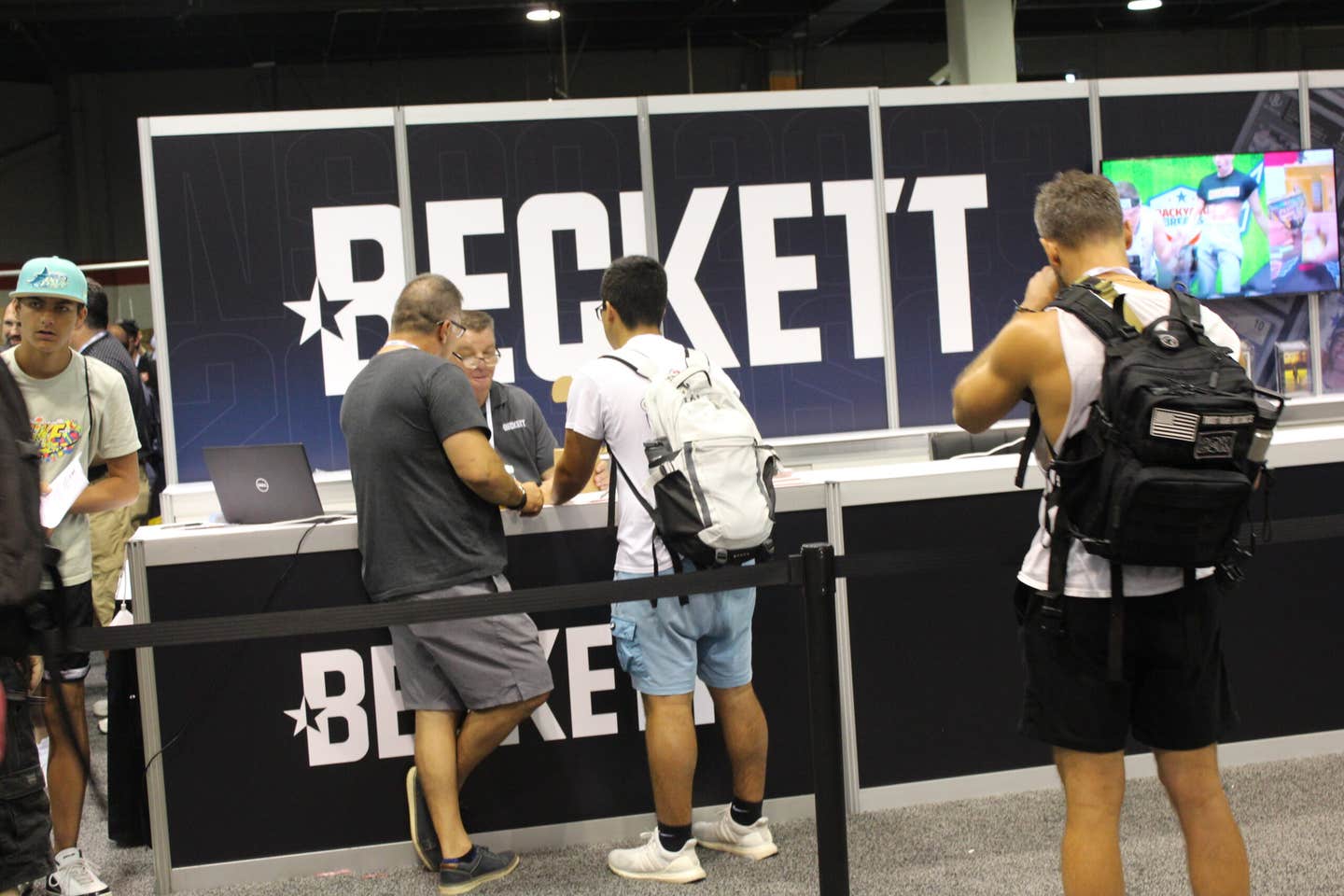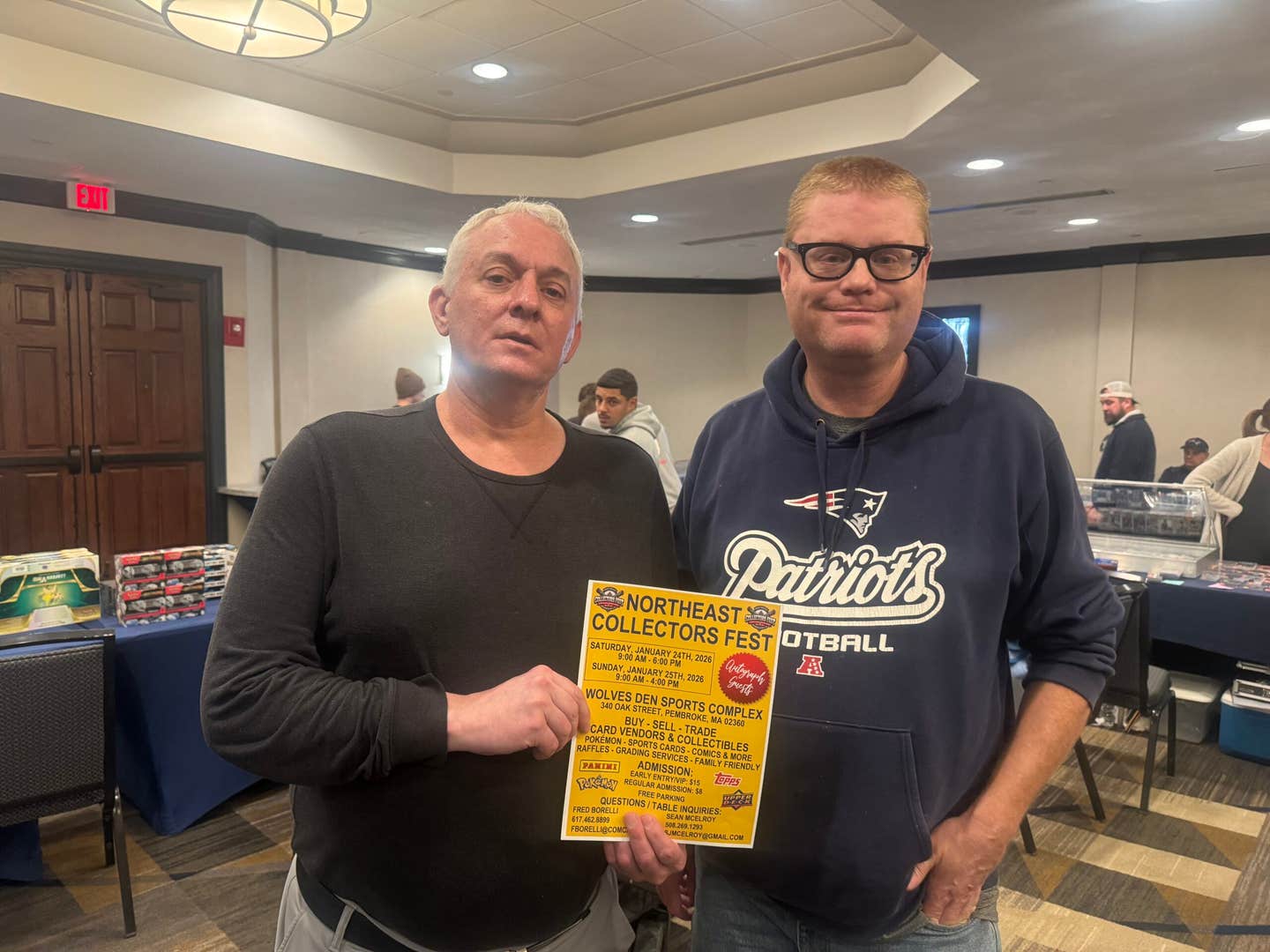News
O Captain, My Captain
He was called “Tugboat,” “Squatty Body” and “The Wall.” All were terms of endearment to describe both Thurman Munson’s less-than-chiseled physique and his prowess behind the plate. Reporters, however, often used adjectives like scowling, moody or cantankerous after an ill-fated attempt to interview Munson. But for those within the Yankees organization, Munson was so much more than nicknames and grudges. He was a beloved teammate. He was their Captain.
Marty Appel, SCD columnist and Yankees public relations director from 1973-77, knows a thing or two about Munson. After all, Appel worked closely with the players during his Yankees tenure and was selected by Munson to collaborate on the catcher’s 1978 autobiography. Now, nearly 30 years after Munson’s death, Appel has penned the first serious biography on the backstop from a major publisher. The book, titled Munson: The Life and Death of a Yankee Captain (Doubleday), is scheduled for release in the spring of 2009.
“I interviewed 150 people for the book,” Appel said. “The more people talked about Thurman, the more I realized how universally loved he’d become.” Unlike many members of the Gotham press, Appel was able to see beyond Munson’s rough exterior. “It was great to have known Thurman,” he said. “I was blessed to have worked with him.”
Despite their close working relationship, Appel was not immune to Thurman’s idiosyncrasies. “As PR director, it was my job to get the players to do publicity shoots before the games,” he said. “Before he became captain, Munson would growl at me and say, ‘Get someone else.’ After he was named captain, Thurman was pleasant, didn’t growl, agreed to do the shoot and then just didn’t show up.”
When the Yankees named Thurman team captain in 1976, it marked just the sixth time in Yankee history, and first time since Lou Gehrig, a player had been bestowed with the honor. “There was nothing ceremonial about Munson as captain,” Appel said. “He simply led by example.”
Many felt Munson’s captain role was unnecessary, since he’d been the undisputed team leader since the early 1970s. “And the fans loved him,” Appel added. “That was never more evident than when they lost him.”
They lost him on Aug. 2, 1979, when Munson, while practicing take-offs and landings in his new Cessna jet at the Akron-Canton Regional Airport, fell short of the runway and crashed. Munson’s two passengers escaped, but Thurman was trapped inside and died when the jet burst into flames and filled with smoke. He was 32 years old.
On Friday night Aug. 3, in their first game after Munson’s death, the Yankees took their defensive positions with only eight players. The catcher’s position, Munson’s spot for nearly a decade, remained empty for several chilling minutes, followed by a moving standing ovation. Three days later, following Munson’s funeral, Bobby Murcer, one of Munson’s best friends, hit a walk-off, two-run single to defeat the Orioles, 5-4.
“It was probably the only time in Yankees history that every fan left the Stadium with tears in their eyes,” Appel said.
One of those fans was Fred Puglisi, who’d been attending Yankees games since 1965. After watching his favorite team struggle for more than a decade, the Yankees finally became winners again in 1977 and ’78. Along the way, Munson became Puglisi’s favorite player. He’s been collecting Munson memorabilia ever since.
“I have scorecards, yearbooks, baseball cards, autographs and game photos,” said Puglisi, who also has a collection of 1978 Yankees team autographs on cards and photos, including all the players, coaches and announcers. “The 1978 Munson card, signed in bright blue marker, really stands out,” he added.
In addition, Puglisi has Yankee press pins and game-used bats from that 1978 season, as well as a special baseball. “It was signed by the team for their teammates, so all the signatures are in the same ink, legible on a pure white ball.”
Like many collectors, Puglisi also has a one-that-got-away story. “I really wanted a game-used bat from Thurman,” he said. “A Yankee batboy was selling one for $1,000, but at the time, I couldn’t get the money together. To this day, I still regret not getting that bat.”
A rookie game-used Thurman Munson bat sold for more than $6,500 in a 2007 Robert Edward auction. Other Munson gamers from the mid-to-late 1970s have sold in the $2,000-$3,000 range.
But the pursuit to locate rare Munson memorabilia doesn’t end with game-used material. Munson’s signature is a tough find because his death preceded the proliferation of card shows and autograph sessions. Today, a Munson single-signed ball sells for around $2,000. An autographed copy of Munson’s ’78 autobiography sold for more than $3,800 (Robert Edward). And though a ’79 Topps card of Munson is easy to find, good luck finding an autographed one – Munson died just months after the card was issued. A signed version sold for more than $3,800 in 2006 (Mastro).
Appel, who calls Munson “one of the most coveted non-Hall of Famers in baseball history,” has a much sought-after piece of Munson memorabilia. “I’ve been offered enormous sums of money for the contract Munson signed for me to write his autobiography.”
Hall of Fame?
Regardless of Munson’s high-profile status with collectors, Hall of Fame voters never gave Thurman serious Cooperstown consideration. Despite being a seven-time All-Star and great clutch hitter for a two-time World Champion, very few ballots were ever returned with Munson’s name printed on them. In his first year of eligibility (a special dispensation put him on the 1981 ballot), Munson received 62 votes. He would never again receive that many tallies over his 15 years of eligibility.
While some consider this HOF snub an outrage, others understand why Thurman will likely never achieve enshrinement. “You could easily fill up a plaque with all his accomplishments, but his career was simply too short,” Appel said. “And those who saw him play every day knew that his career had already peaked. His best years were behind him.”
That, however, does not keep Munson’s legion of fans from showering him with posthumous adoration. “When I went back to games to take photos for my book, I saw lots of grown men, most of them middle-aged and overweight, wearing Thurman Munson jerseys to Yankee Stadium,” Appel said. “That’s just the kind of guy Munson was – he touched working-class people. If Thurman could witness that scene, it would certainly make him smile.”
Hobbyists are sure to grin from ear-to-ear if they land a ’71 Topps Thurman Munson – considered the crème de la crème of all Munson cardboard. While not Munson’s rookie card (that distinction goes to the ’70 Topps issue), the ’71 is a collector favorite for several reasons: it captures Munson in one of the greatest action shots in Topps history, and, with those sassy black borders, proves nearly impossible to find in high grade. Fewer than 200 examples have received a PSA 9 score. Those PSA 9s command more than $10,000 on the auction circuit.
By comparison, ’70 Munson rookie cards graded PSA 9 sell for around a thousand dollars. Collectors who want an inexpensive piece of Munson should look to his mid-to-late ’70s Topps cards. Most are available in Near Mint or better condition for less than $10.
Not just a football town
Canton, Ohio, still reveres its hometown hero, Thurman Munson. Canton card shop owner Jim Tozzi has heard a lot of Munson stories over the years. Tozzi’s cousin was Munson’s battery mate during a summer league game. A customer of Tozzi’s once caddied for Munson at the local links. Another customer recently sold a single-signed Munson ball.
“I run into a lot of people who knew him and remember him fondly,” Tozzi said. “It’s obvious that Canton still loves him.”
Those personal memories contribute to strong sales of Munson merchandise in Canton. That’s why Tozzi keeps his shop – called Sports Archives – stocked with Munson items. “I buy whatever Munson stuff comes in the door and whatever I can find on eBay,” he said. Tozzi also makes his own custom Munson plaques, which include a photo of Thurman and two of his cards.
Tozzi, also a show promoter in the Canton area since 1992, has seen several key pieces of Munson memorabilia, including Thurman’s Kent State uniform, sold at auction in recent years via Ohio collectors.
Most collectors believe Munson was such a popular player with fans that, if alive all these years, he would to this day be an incredible draw at any regional or national show’s autograph pavilion. But, according to one man who worked closely with him, even that kind of optimistic thinking comes with a catch.
“If Thurman were alive,” Marty Appel surmised, “he probably wouldn’t be interested in doing the shows anyway.”




